Which Online Website Builder Is Best For You

Everyone needs a website, whether you're a product creator, retail seller, or entrepreneur. But does that mean you need to be a web developer, too? Thankfully, no! There are tools out there designed for non-developers that can help you build your own site, sans coding. We'll give you the low down on site builders: the different types and the best ones for your industry and goals.
If you're looking for a different kind of online presence, check out our articles on online retail marketplaces and online wholesale marketplaces.
Types of Site Builders
Website builders fall into two main categories: all-in-one website builders like SquareSpace and Wix or Content Management Systems (CMSs) like WordPress. All-in-one builders tend to be easier to use but less flexible to customize. A CMS system requires more technical knowledge to get started and modify, but it's highly customizable. Which path you choose depends on your goals and comfort.
All-in-One Website Builders
All-in-one site builders typically include an easy drag-and-drop editor for creating your website. These are "front-end editors," where you're editing the element itself directly on the site. There's no code involved and pre-designed styling templates make your site look appealing and uniform. These templates can sometimes be tweaked, but for the most part, customizations are limited.
Industries and individuals that do well with all-in-one's include:
- Small businesses
- Restaurants
- Non-profits
- Resume and portfolio builders
- Independent contractors
- Product creators
- Retailers
- Boutiques
- Personal bloggers
- Photographers
- Musicians
- Fashion designers
The setup and build process when using all-in-one site builders typically looks like this:
- Sign up for an account with the website builder
- Choose your website url (domain) with the website builder
- Choose your website theme/template
- Edit your SEO settings
- Create and edit content
Keep in mind that when you build a site through an all-in-one website builder, the builder hosts your site and won't allow you to transfer to another platform (or they'll make it difficult). CMS sites can be exported and moved as needed.
Top All-in-One Website Builders
For eCommerce
Shopify

Best for online stores, Shopify is the most popular ecommerce website builder. It's easy to set up and design, is pre-loaded with most features an online store will need, and integrates well with thousands of apps and third party vendors. Its ecommerce power comes in its payment solution called Shopify Payments, though you can use another third-party payment system if you prefer. Shopify even offers a Point of Sale solution for in-person sales. Their platform promises to help you start, manage, market, and sell your online business/products.
Jumpseller
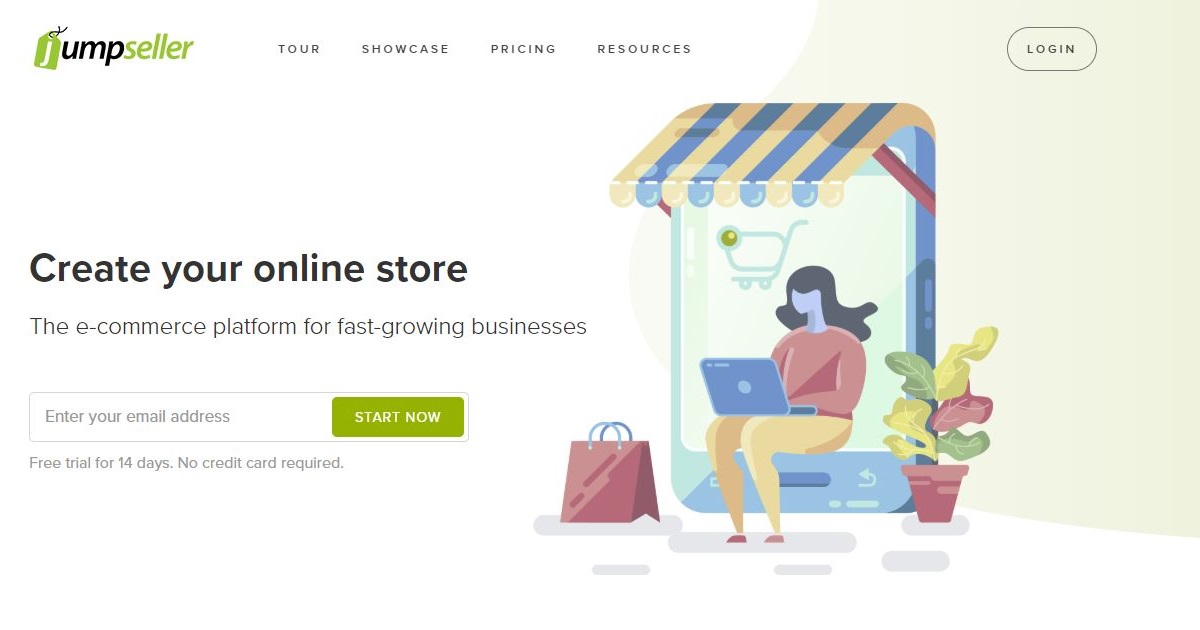
Jumpseller is a strong choice if you need multi-language support or if you're looking for a more affordable option. It supports over 23 languages in the front-end and back-end. While not nearly as popular as Shopify, domains are free and it doesn't charge transaction fees.
For Small Businesses
Squarespace
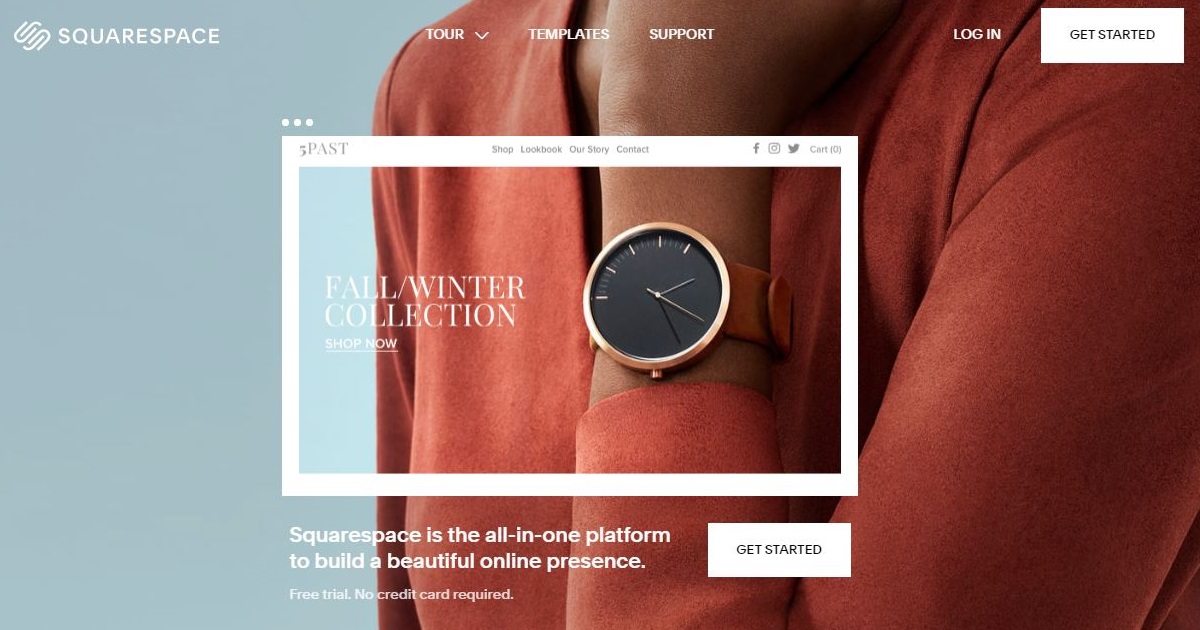
Squarespace is an elegant solution well-known for its sleek designs. All designs are fully editable and Squarespace offers the rare perk of using multiple designs on one website. The platform even offers an ecommerce plan. However, the third-party integrations and payment solutions (Stripe, Apple Pay, and PayPal only) are limited, which can restrict advanced customization.
Wix
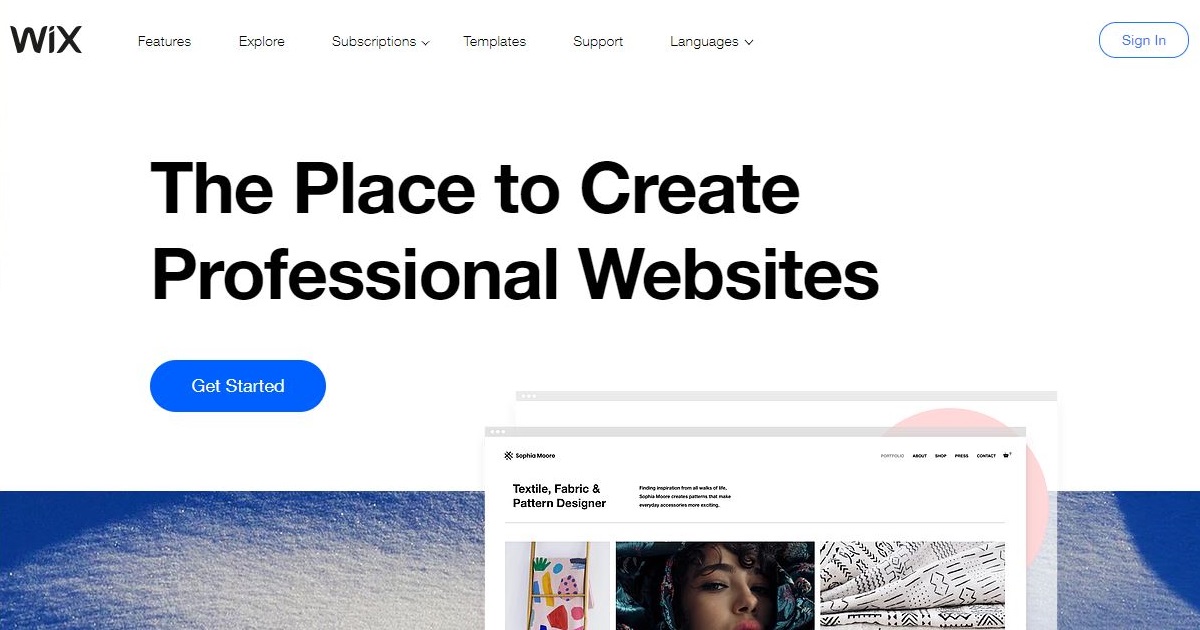
Wix is an extremely easy-to-use site builder that offers nearly 200 simple plugins and third-party integrations. Bonus perk: they offer Wix ADI - Artificial Design Intelligence. Take their quick quiz and Wix will build you a personalized design template.
Weebly
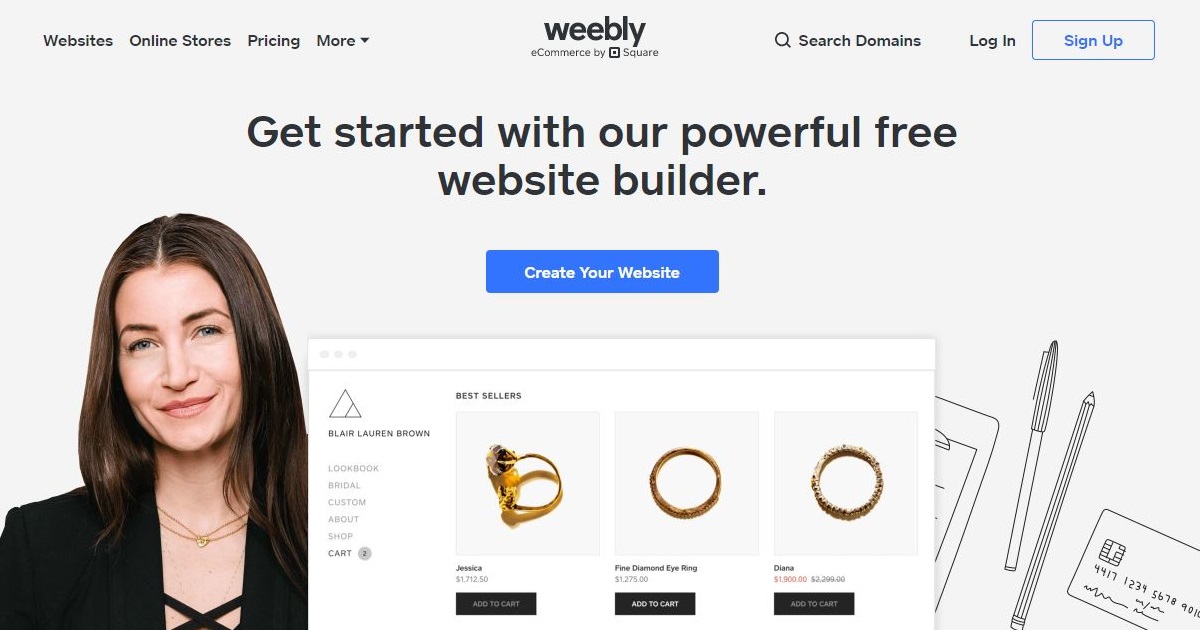
Weebly has a reputation for being the easiest site builder to use. Core features are built-in and can be enhanced with apps from its App Center. Ecommerce functionality is also available – Weebly was acquired by Square and the two softwares integrate. More advanced apps and integrations are limited.
For Personal Use
Less known but worth honorable mentions, these two builders offer simple one-page websites, perfect for a resume or portfolio page.
Carrd
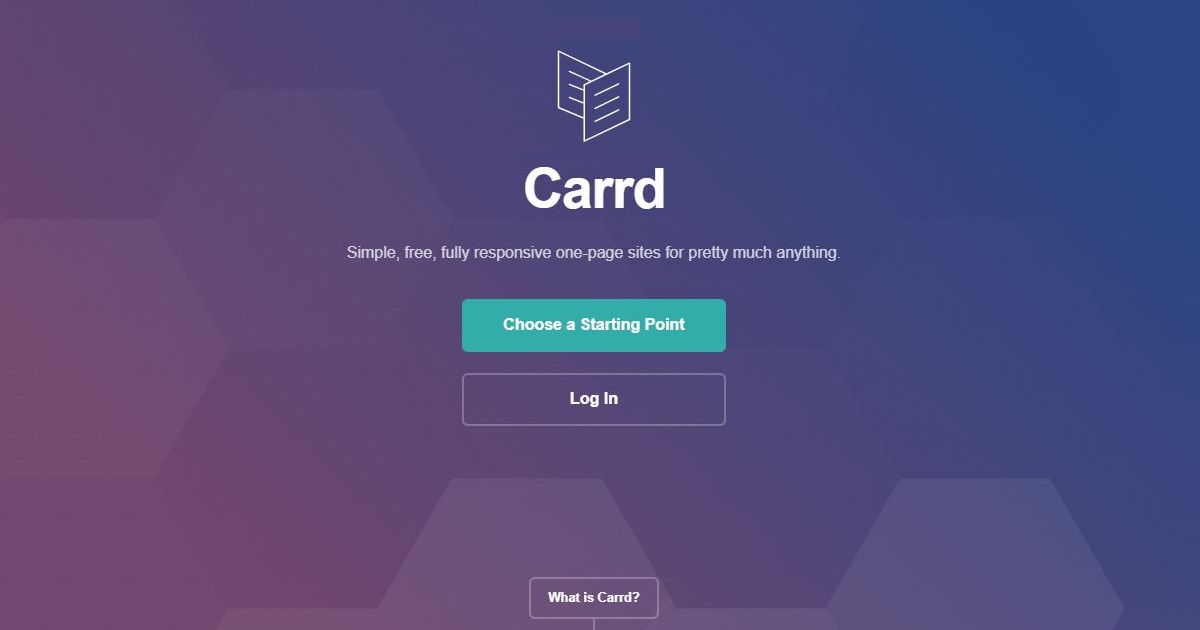
Carrd is a free service that builds responsive one-page sites. You can build up to three sites per account and choose from dozens of design templates. Upgrade to a paid version at $9 per year for advanced features like forms, widgets, Google Analytics, and more sites.
Tilda
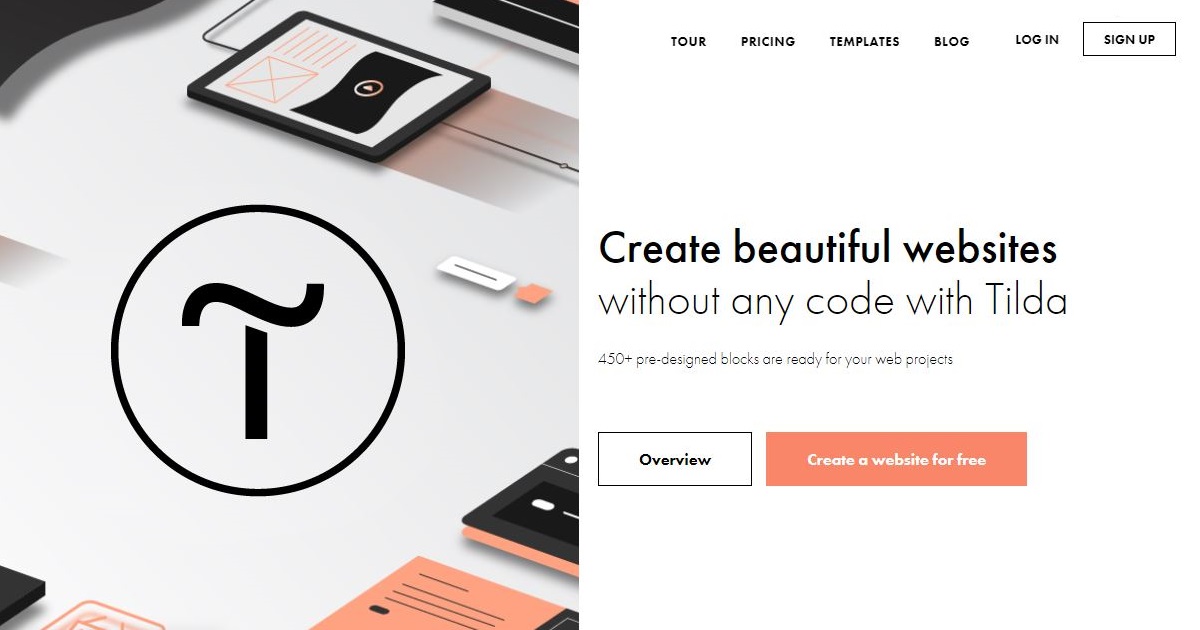
Tilda offers site templates with "gorgeous typography, minimalistic airy blocks, and wide screen images." Check out their gorgeous templates. Get one website for free!
CMS - Content Management Systems
CMSs typically don't have drag-and-drop editors, though they can be added with website builder plugins (which we'll go into later). CMSs have "back end" or "form editors." You edit a form which contains content that's transferred to the webpage. You can also code parts or all of your website, or customize with plugin elements.
Industries and individuals more likely to choose a CMS over an all-in-one include:
- Professional services
- B2B companies
- Wholesalers
- Online stores
- SaaS companies
- Larger non-profits
- Blogs
- Community forums
- Schools
- Sites with a large number of users
- Online marketplaces
- Sites with a lot of content
The setup and build process when using site builders with CMSs typically looks like this:
- Purchase a domain
- Buy a website hosting plan (either with the same provider as the domain or with a different provider)
- Point your domain to the hosting plan
- Configure the CMS (or request installation)
- Choose or upload your site theme
- Customize your website with plugins (like website builders), SEO settings, menu navigation, etc.
- Setup your CMS structure with new users, backup schedules, additional security, etc.
- Create and edit content
WordPress: The Reigning Champion of CMSs
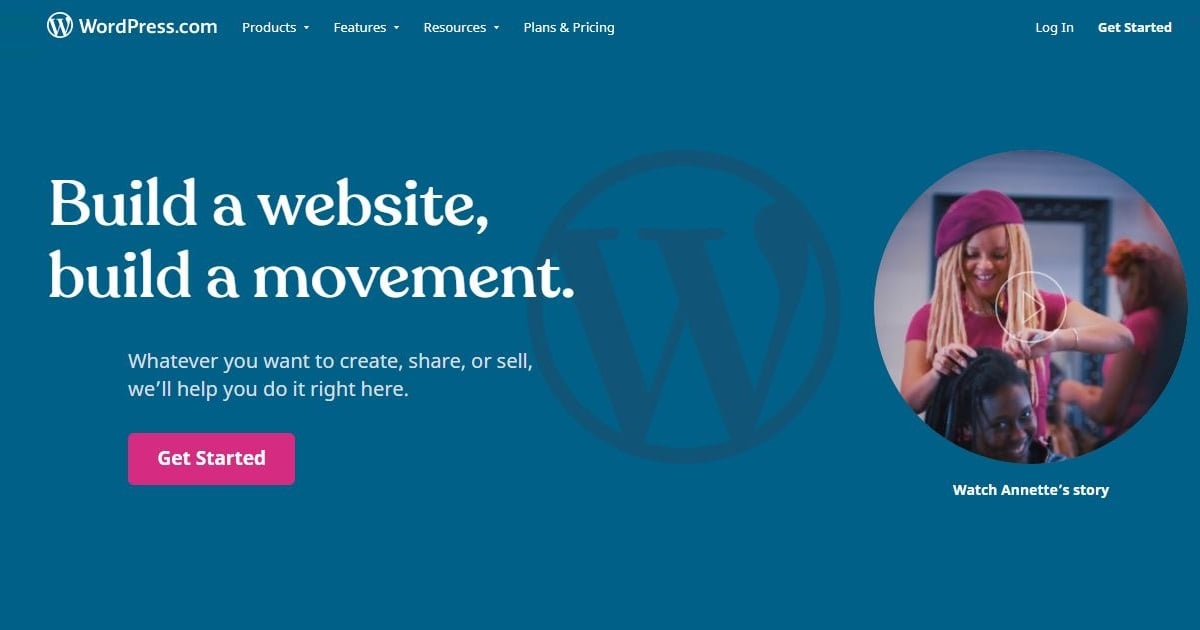
The most popular CMS is WordPress, started in 2003. While 44% of the world's websites are custom coded, 56% use some kind of CMS or website builder. Of those 56%, WordPress powers 34% of all websites on the internet, and 61% of websites built on a CMS or website builder. Other CMSs lag behind, with Joomla coming in second among top CMSs at 5.1% of all CMS-powered sites.
Because of this overwhelming market hold, we recommend starting with WordPress if you're looking for a CMS option.
WordPress Plugin Builders
WordPress' back-end form editor is easy to use and learn. However, you can still get the great elements of a site builder through site builder plugins. Top among WordPress builders is Beaver Builder, a plugin + theme combination that transforms your WordPress site into a drag-and-drop editor on the front end. Beaver Builder is well known for its top quality and ease of use. Other contenders that also create a drag-and-drop editor include Divi and Elementor.
As you can see, there are a wide array of site builders on the web. You don't need to know coding to build one for your business! Get started creating your website and boosting your online presence now.
Ready to put your products on your site? Check out tips from the experts on product label design, pricing your products, taking great product photos, and marketing your products with well-written copy.



